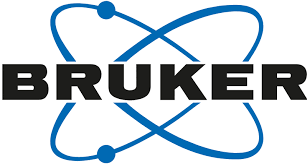Claire Williams, a Data Scientist at Bruker Spatial Biology, presents on whole transcriptome spatial transcriptomics using the CosMx Spatial Molecular Imager platform. The platform's robust and scalable chemistry was designed for FFPE and covers over 99% of the protein-coding transcriptome. Williams highlighted the ability to map transcripts back to single cells and identify their expression locations within tissue.
One of the significant challenges discussed was managing the massive data sets generated, such as over a million cells and billions of transcripts across six different tissues. To address this, Bruker developed the AtoMx cloud computing platform, which processes CosMx data without requiring coding. AtoMx offers tunable machine learning for cell segmentation, multi-sample interactive analysis, and data export to open-source formats.
Williams focused on a breast cancer biopsy sample from invasive ductal carcinoma, detailing the analysis of 18,935 unique RNA transcripts and 1.27 billion cellular transcripts. She framed the analysis around four key questions: tumour survival strategies, tumour behaviour changes, tumour microenvironment effects on cell behaviour, and alterations driving tumour evolution.
Using tools like LIANA+ and PROGENCy, Williams identified pathways such as Trail and TGFb, which were broadly downregulated, indicating global evasion of apoptosis and growth inhibition. She also found differences in pathways like JAK-STAT and oestrogen signalling between tumour lobes, suggesting immune and hormone-dependent growth regions.
The InSituDiff algorithm was used to compare cellular neighbourhoods between tumour regions, revealing gene perturbations and identifying modules related to invasion, migration, and cell metabolism. Williams also discussed spatial domains of cells showing similar gene perturbations, highlighting areas of proliferation and stress response.
Finally, Williams explored differential expression in spatial contexts using InSituType and fast reset algorithms, identifying exhausted T-cells in tumour interiors. She concluded with CNV analysis, mapping chromosomal variations to spatial data and linking them to tumour evolution and treatment evasion mechanisms.
Overall, Williams presentation showcased advanced analysis techniques and tools for understanding complex spatial transcriptomic data, providing valuable insights into tumour biology and potential therapeutic targets.


